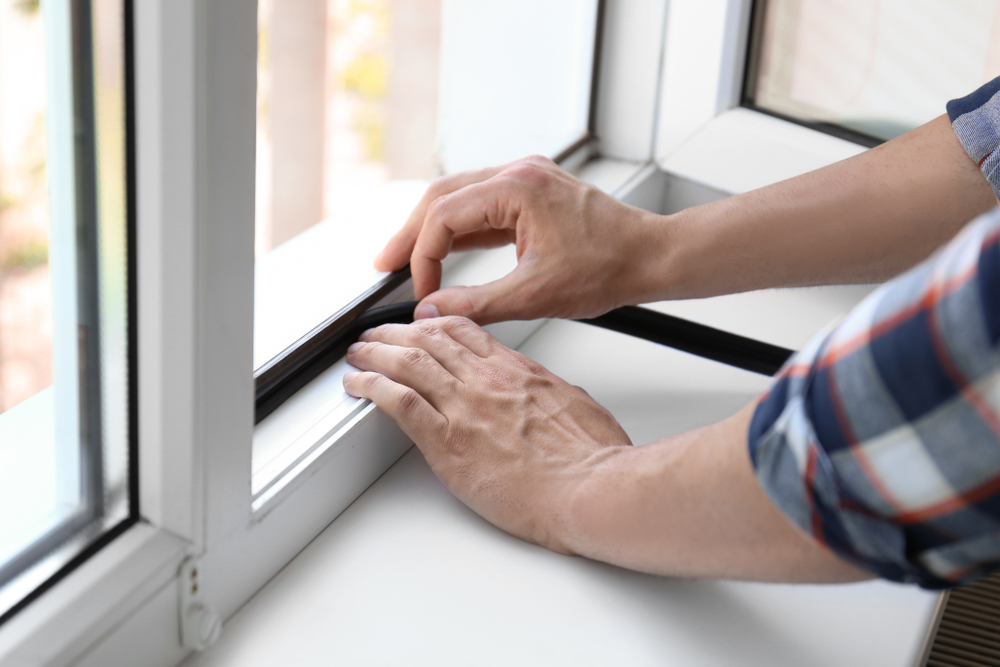We know you love staying indoors on a chilly day, just enjoying your personal time reading a book or catching up on your favorite TV show. However, an environment that is too cold is unpleasant. The last thing you want to do is wear layers of clothing at home.
A large portion of heat loss is due to windows, but they’re also an important part of your home because they keep the house cross-ventilated. The best thing to do is insulate them to prevent cold air from entering and still appreciate your “me time” indoors. Continue reading to learn tips on how you can start insulating your windows to conserve heat.
Use Curtains to Keep Heat In
Curtains are one the cheapest ways to insulate windows. Before modern insulation solutions arrived on the market, curtains have helped households restrict cold air from entering their homes. You can use curtains made of heavy fabric or an insulated window curtain. These types prevent heated air from escaping your home by creating a tighter air space for cold air to seep through.
You can hang more than two curtains together to create a sleek layered look that effectively keeps heat in. You can also use blackout curtains that reduce heat loss through the window by a fourth. As a bonus, they also reduce noise pollution by almost half.
Try Weather Strips to Control the Temperature
Weather strips are also a great way to insulate your windows because they seal gaps around them, making your home warmer. There are various types of weather strips, such as foam and V-type. This is the difference between them:
-
Foam Weather Strip or Foam Tape
The foam weather strip or foam tape comes in different sizes, which makes it ideal for irregular-sized cracks. It has an adhesive backing on one side and is commonly used for the top and bottom parts of window sashes. The foam strip is also the easiest weather strip to install.
-
V-Type Strip or Tension Seal
The V strip or tension seal is made of durable plastic or metal folded into a ‘V’ shape that springs open to bridge gaps. It is commonly used for sealing the sides of sliding windows and double-hung windows. It is also easy to use because you just have to cut to the desired length with a pair of scissors, peel, and then stick it to your window.
Apply Insulation Films to Your Windows
Another way to insulate your window is by using an insulation film, which is an item that looks like a food wrap. It creates a barrier between the interior of your home and your windows. These films can be bought from hardware or home repair stores.
Window insulation films are cheap but highly effective in conserving heat at home. They come in kits that include a plastic shrink film that is applied to the indoor window frame using double-sided sticky tape. You can use a heat source, such as a hair dryer, to shrink it and remove wrinkles.
Purchase Insulated Windows
Instead of using insulation products, you can also purchase insulated windows for greater temperature control that prevents cold air from entering your home. Nuzum Building Supply in Viroqua, WI is a locally owned business that offers high-quality insulated products from top manufacturers. We carry insulated windows and doors from Owens Corning, Knauf Insulation, Insulation Materials, and more. Contact us today for a free estimate.


